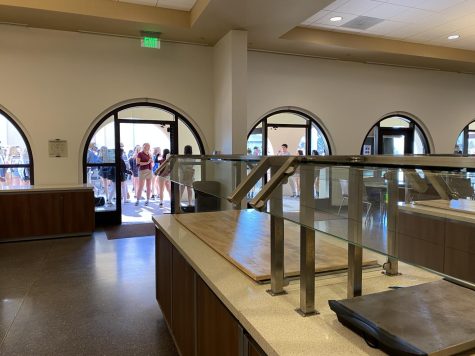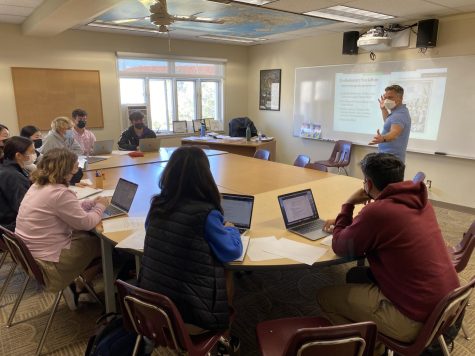All About Eyes
Pandemic life has made screen time inescapable for many, as work and school transitioned to online, at-home formats to comply with COVID-19 prevention guidelines. While this technological transition has undoubtedly saved lives from the virus, excessive screen time might also hurt one of the body’s most valuable organs: the eyes.
Nearsightedness has become more common as devices have become more central to human life. The Children’s Hospital of Philadelphia shared two ways that pandemic lifestyle choices — increased screen time and staying indoors — can contribute to nearsightedness. First, children whose eyes are still developing need natural daylight. The article noted, “The exact cause isn’t yet known, but researchers believe that UV light (providing the eyes are protected from intense sunlight) plays an important role in healthy eye development.”
The second issue presented by the Hospital is spending too much time close up to a screen focusing can cause nearsightedness. More fancily called myopia, nearsightedness is when up-close vision can be clear but far-away vision is fuzzy.
The National Center for Biotechnology Information, a division of the National Library of Medicine, published findings in March 2020 titled “The Association Between Digital Screen Time and Myopia: A Systematic Review,” in which researchers shared that, “seven studies found an association between screen time and myopia.” These were seven studies out of fifteen total conducted, analyzing in total nearly 50,000 children under 19 years old. While the researchers concluded that more studying needed to be done in order to reach a definitive conclusion, the American Optometric Association said, “Individuals who spend considerable time reading, working at a computer, or doing other intense close visual work may be more likely to develop myopia.”
Another study of children under 20 from October 2012 titled “The Association Between Time Spent Outdoors and Myopia in Children and Adolescents: A Systematic Review and Meta-Analysis” concluded that there was a 2% less chance of myopia with every additional hour of time spent outside per week. The document shared, “The overall findings indicate that increasing time spent outdoors may be a simple strategy by which to reduce the risk of developing myopia and its progression in children and adolescents.”
So how can you prevent myopia while following COVID-19 guidelines? First, as the 2012 study answered, make an effort to spend just a little more time outside; perhaps walks or reading outside can become new activities while social distancing. Furthermore, limiting close-up work and screen time, or building breaks into your schedule could potentially reduce risk for myopia. In addition, the Institute for Control of Eye Myopia in Children suggests that certain foods, such as salmon, leafy greens, nuts, and berries could also lessen risk for myopia. As always, consult with a doctor for professional medical advice regarding eye health and other medical concerns.

Amy Carlyle is a senior and Editor-in-Chief of The Tower. She came to Bishop’s as a sixth grader and joined the staff at the start of her freshman year....







